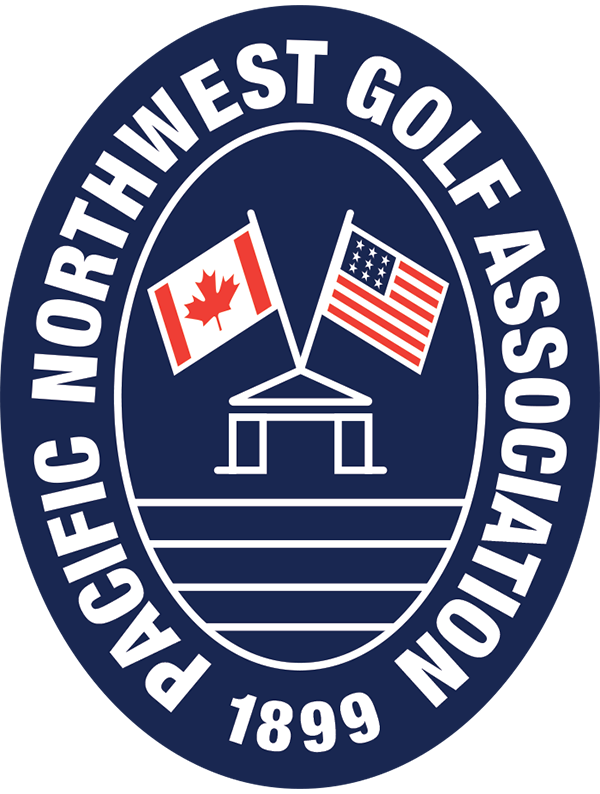WEB EXCLUSIVE: College Memories of Royal Liverpool
A former member of the University of Liverpool golf team returns to Royal Liverpool – his team’s home course – just prior to the course hosting this year’s Open Championship
by Tony Dear
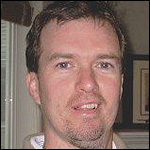
There’s a short, heavily-bearded man wearing a thick padded jacket standing on the first tee holding a clipboard. He looks like he wants to survey me about something – something I’m probably not interested in and certainly won’t want to buy.
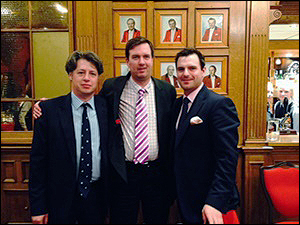
But this is the first tee at Royal Liverpool Golf Club – Hoylake for short – and venue for the 143rd Open Championship, taking place July 17-20. I’m guessing Hoylake, one of the most venerable golf clubs in the United Kingdom, is not in the habit of allowing salesmen to peddle their wares to members, guests or visitors on the first or any other tee. So I’m intrigued about what he has to say.
He starts by asking if I own a rangefinder. He inquires about the grooves on my wedges, and he finishes by asking if I use a long putter. After saying no to the rangefinder, and after he confirms my grooves are competition-worthy, we get into a discussion about the anchor ban.
“To be honest,” I say, “I think it was ridiculous. I mean, I don’t like long putters and I’m not sure the stroke is what the game’s first rules-makers had in mind, but they should have banned anchoring 40 years ago. Nipped it in the bud. I think the R&A and USGA missed the boat there.”
The man, whose identity I still don’t know, makes a note of my remarks and stands to one side. It’s hard to make out what he’s thinking, but I’m fairly sure he doesn’t agree. Before I can ask who he is though, the starter calls my playing partners and me to the tee.
We’re playing the Open Championship routing of the course, so our first hole is actually the 17th on the usual scorecard. The R&A deemed the existing 18th too uneventful for the climax of the championship, so altered the routing for the 2006 event, making the 17th and 18th the first and second, and the famous (infamous?) first hole, with its internal out-of-bounds just to the right of the fairway and green, the third. The 560-yard dogleg-right 16th, which also has an internal out-of-bounds running down its right side, became the 18th.
The first hole has been altered a few times in recent years, primarily to push the green away from the adjacent Stanley Road, but also to facilitate spectator movement. The most recent rendition was designed by Martin Hawtree in 2010, who replaced the green Donald Steel and Martin Ebert designed in 2001 which, in turn, superseded the green Harry Colt had built in 1924.
Now a long, narrow sliver with three pot bunkers at the edges and numerous spots where the ball falls off into close-cropped chipping areas, it puts me in mind of a pool table with really wide, deep pockets. The bunkers, like those elsewhere on the course, may not be terribly big but the surrounding slopes ensure balls even a whisker off-line funnel down into the sandy depths. For sure, this perilous complex comes at the end of what could very well be the toughest opening hole in the championship’s history.
I’m hacking my way up its right side, chipping up from one of the green-side swales, and three-putting for a seven as an alum of the University of Liverpool whose golf team I played on in the early 1990s. Alumni Day began in 2008 and is organized every year by the university’s Sports Development Manager Stuart Wade, the sort of cheery, dry-witted scouser that had attracted me to Liverpool in the first place (besides the footb…I mean soccer, and being able to play Hoylake whenever I wanted, which was a lot).
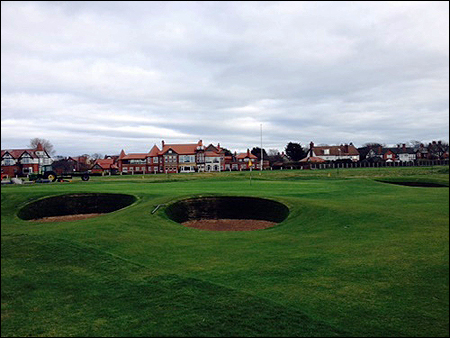
Though historic (the clubhouse is full of great photographs and wonderful memorabilia), though rated among the top 100 courses in the world by Golf Magazine, and though I became extremely fond of it after just a couple of rounds, I always thought Hoylake a slightly curious layout. Not nearly so beautiful as Turnberry, and not quite the strategic masterpiece that the Old Course and Muirfield are, it possesses a lot of very, very good holes but few if any that stand out as truly unforgettable.
The internal out-of-bounds notwithstanding, it is not as quirky as Royal Lytham or Royal St George’s, not as difficult as Carnoustie. There are some lovely dunes at the far end of the course, but its sand hills are not as grand as those at Royal Troon or Royal Birkdale.
Honestly, Hoylake probably isn’t the most memorable course the Open Championship visits, but it holds a very special place in the history of English golf not only because the club played such a crucial role in establishing the Amateur Championship (the inaugural event was played at Hoylake in 1885), but also because Hoylake is the second oldest links in the country having opened in 1869, five years after Royal North Devon.
For this year’s Open Championship, Course Manager Craig Gilholm is hoping the ground will be as brown and firm as it was in 2006 when a hot spell baked the fairways bone-dry, and Tiger Woods hit just one driver off the tee all week, plotting his way round the course in clinical, masterful fashion.
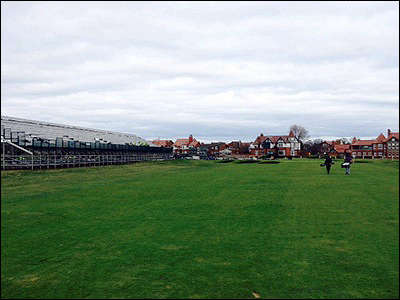
My playing partners – Arthur Jennings, a one-handicap who graduated in 2005, and Mike Creswell, who played on the University team from 1983 to ’86 – and I discuss who might win the Claret Jug this year. With so many good players in the field, it’s not surprising we can’t agree. Arthur says it will be Lee Westwood’s turn at last, while Mike plumps for a power-hitter like Nicolas Colsaerts or Rory McIlroy.
I go for Tiger Woods, not knowing at the time that he was to undergo back surgery three days later. The three-time champion says he will be in shape in time to play in this year’s championship, and if he is I’m happy to keep him. Back surgery isn’t ideal preparation for a major championship, but he did win the 2008 U.S. Open with a gammy leg, remember. And he will surely have good memories of a course on which he played some of the greatest golf of his career.
After the round, I shower and put on my Sunday best for dinner in the upstairs dining room. Despite taking the train from Liverpool to Hoylake to play the course dozens of times in my late teens, I don’t remember ever having been upstairs. The room is very grand with winners’ boards and pictures of past captains all around. A portrait of Queen Elizabeth hangs above the fireplace at the head of the room. After toasting Her Majesty and the Royal Liverpool Golf Club, we tuck into roast beef and Yorkshire pudding.
Then come the speeches. The current Captain of the golf club says how pleased he is to welcome former members of the university team to Royal Liverpool. The editor of a British golf magazine who attended the university in the 1980s, responds on behalf of the alumni.
And then a short, heavily-bearded man, minus padded jacket and clipboard, stands up and delivers a hilarious, myth-busting speech about golf equipment – a subject he clearly knows a great deal about.
His name? Dr. Steve Otto, a good friend of Stuart Wade’s, and the R&A’s Director of Research and Testing.
Dr. Otto is a former mathematics professor at Birmingham University who once worked for NASA on a top-secret military project. So not some irksome salesman trying to sell me some redundant piece of gear, then.
No doubt he also played a crucial role in the R&A’s (and USGA’s) decision to ban anchoring.
Doh!
A former British PGA apprentice professional and member of the University of Liverpool golf team, Tony Dear is an award-winning golf writer who is now based in the Pacific Northwest. He contributes to numerous golf publications on both sides of the Atlantic, and has authored several books on golf. He manages his own website, www.bellinghamgolfer.com.
